Home >Technology peripherals >AI >The effect of free AI LOGO design is amazing, Lei Jun spent 2 million too early
The effect of free AI LOGO design is amazing, Lei Jun spent 2 million too early
- WBOYWBOYWBOYWBOYWBOYWBOYWBOYWBOYWBOYWBOYWBOYWBOYWBforward
- 2023-04-11 15:01:031300browse
Soon, Stable Diffusion was discovered for a new purpose -
The most critical "combination of form and meaning" in designing a LOGO is clearly understood by it. I saw Cat drawing a cat head in seconds:



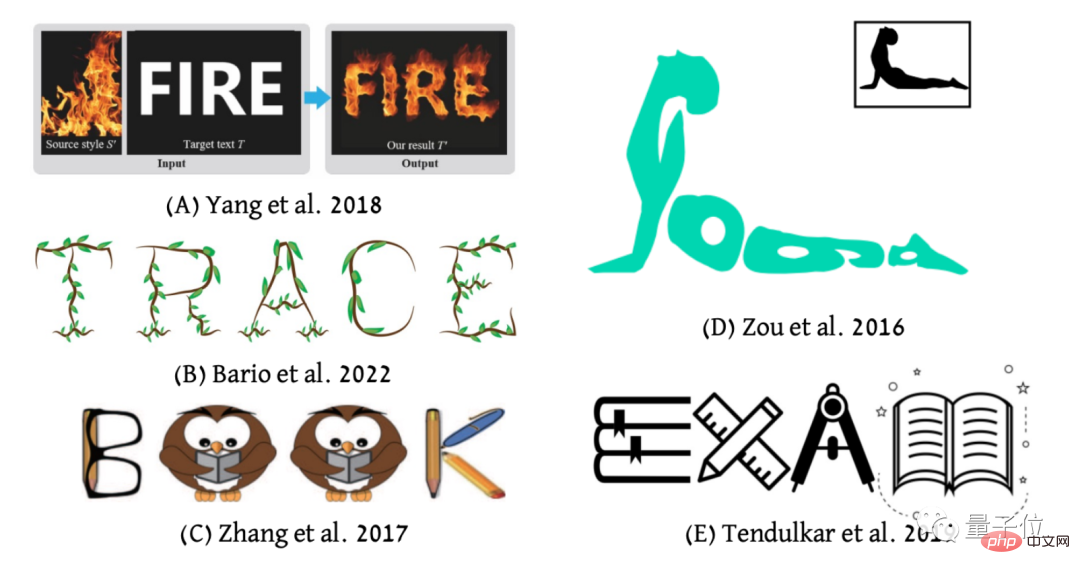


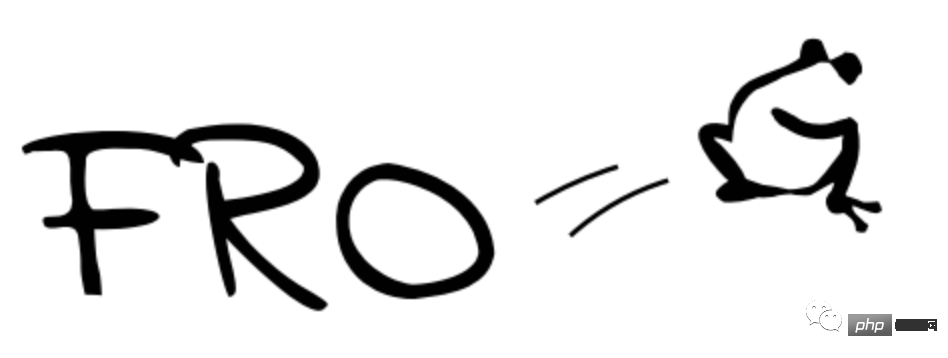



The specific number of control points will be iteratively transformed according to the complexity of the letters and the font style until the designed letters meet the requirements. Orange is the initial point, and blue is the subsequent control points added:

#How much influence does the number of control points have on the generation effect?
For example, this is the effect of using different numbers of control points to generate letters. If the number is too small, the designed image shape will be unclear; but if the number is too large, it will easily distort the original shape of the font:
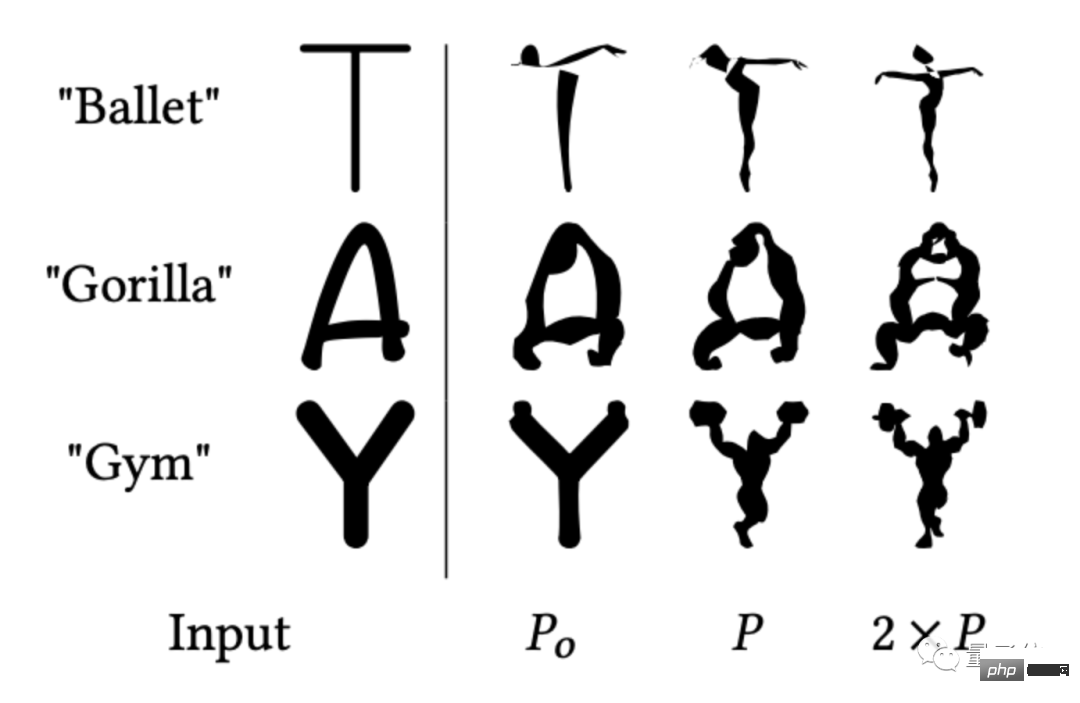
Based on this core design idea, the authors combined Stable Diffusion and CLIP to design an entire font design AI model:

Among them, the ACAP (as conformal as possible) loss function is based on the Delaunay triangulation algorithm, which further constrains the letter shape.
For example, this is the form of PANTS (pants) before and after deformation. You can see that ACAP retains the font effect while retaining the form of the pants:
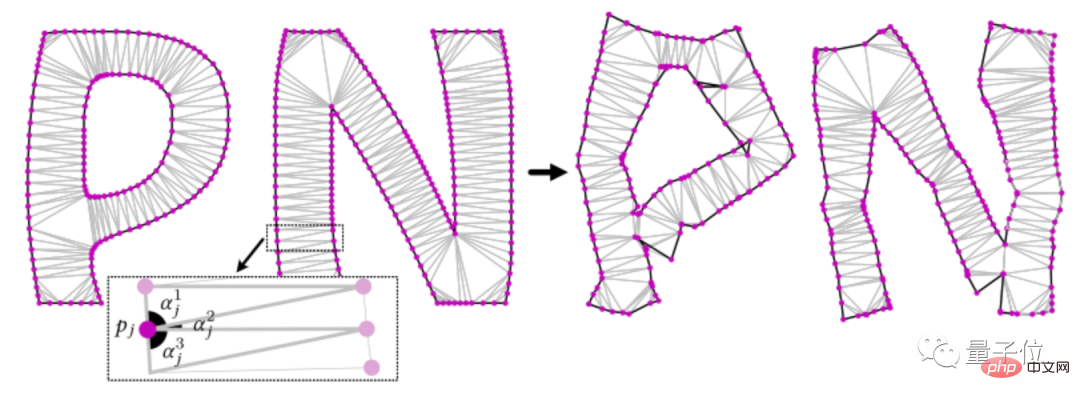
At the same time, in order to further preserve the font form, the authors used a low-pass filter to ensure that the adjusted letters do not deviate too much from the original letters. For example, this is the adjusted form of B in Bear:
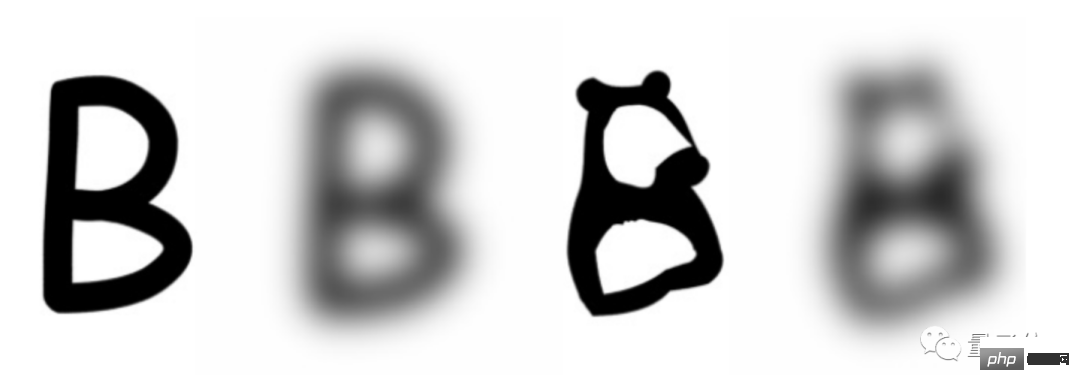
Applying this set of models, the speed of generating each letter is also pretty good.
On an RTX 2080 GPU, it takes about 5 minutes to generate a single-letter LOGO design.
Introduction to the authors
Although the papers posted by the authors on the project homepage are anonymous:

But on arXiv, the authors Their names have been made public. They are from Tel Aviv University in Israel, Reichman University (Leichman University), and Goldsmiths College, University of London:
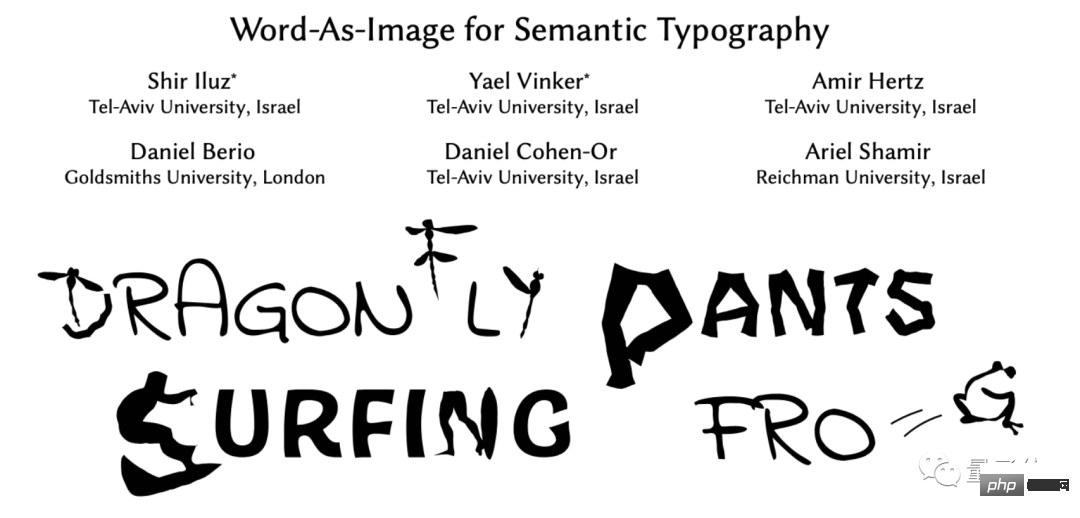
Co-author Shir Iluz, Master of Science in Electronics and Electrical Engineering from Tel Aviv University. His current research direction is generative AI, and his areas of interest are deep learning and computer vision.

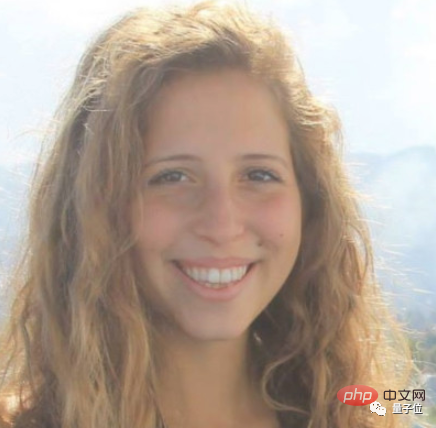
The above is the detailed content of The effect of free AI LOGO design is amazing, Lei Jun spent 2 million too early. For more information, please follow other related articles on the PHP Chinese website!
Related articles
See more- Technology trends to watch in 2023
- How Artificial Intelligence is Bringing New Everyday Work to Data Center Teams
- Can artificial intelligence or automation solve the problem of low energy efficiency in buildings?
- OpenAI co-founder interviewed by Huang Renxun: GPT-4's reasoning capabilities have not yet reached expectations
- Microsoft's Bing surpasses Google in search traffic thanks to OpenAI technology

